|
Walking is often the number one goal that clients want to improve following stroke. Emphasis is often on the walking pattern or how the walking looks. Optimising the walking pattern after stroke is important to improve walking safety and efficiency, energy conservation and improve overall performance. However an important feature of walking that is often be overlooked is walking speed.
Studies have shown that walking speed is reduced by up to 50% following a stroke which limits participation in day to day activities, socialisation and the ability to walk in the community. This can lead to individuals becoming housebound, socially isolated and dependant on others for extra supports. Nascimento et al 2015 did a systematic review of 7 clinical trials which looked at training walking speed following stroke using external cues with setting cadence. The cadence/speed of stepping was set using a metronome app. The individuals in the trials were tasked to match their steps to the beat of the metronome which was progressively increased. The results of these trials showed that cueing walking speed using a metronome increased walking speed by 50%, by training for 30minutes a day over a 4 week period. This is just one example of a cost- effective tool to help retrain walking speed. If you would like more help on how you can improve your walking and get your pace up with your walking post-stroke then get in touch with us Concussions are classified as a mild traumatic brain injury. The conflicting thing is, is that a concussion is not able to be seen on X-RAY, CT or MRI**. Because of this, many people think they are fine and that it will come right. This is where education around concussion comes in.
Yes, many concussions can resolve on their own, but there are many cases where they don't. Although it is classified as "mild", it is very traumatic if you experience dizziness, headaches, nausea, sleep disturbance, fatigue, blurry vision, irritability, anxiety or depression as a result of your injury. Imaging is only able to tell us of any physical changes within the brain (i.e. any lesions, bleeding or other changes going on). What it doesn't show is the diffuse axonal changes in the brain, which means the excessive stress that the axons (brain cells) are experiencing as a result of concussion. The axons are vulnerable after a concussion and there is widespread metabolic changes in the brain leading to disequilibrium; there is too much demand and not enough energy available. The goal of concussion rehabilitation is to re-establish equilibrium within the brain, reduce symptoms and return to your everyday function/tasks. THIS IS POSSIBLE with the right support for your individual needs. **There is emerging evidence that functional MRI, which uses radio-waves and magnets to look at blood flow through soft tissues, may detect post-concussion syndrome. They can see if there is a lack of blood flow to areas of the brain while a client performs a task. Not one stroke survivor presents the same, yes they may have some similar problems, but each is individual and their rehabilitation needs to be tailored to meet their needs
Physiotherapy and Occupational Therapy rehab after stroke addresses a broad range of problems, with the primary role to promote positive changes in the brain, to help clients to regain function, mobility, and as much independence and quality of life as possible. We find working with our clients, they can make changes long after their event, and that regular input helps them acheive their goals. What therapy can help with post stroke,
We talk about gaze stability A LOT in clinic, so what are we actually talking about!?
Gaze stability is our inherent ability to stabilise our visual world. There is a reflex that works between the vestibular system and the visual system, so that our image of the world is not jumpy, jerky or bouncy! What is it? Gaze stability is the ability to stabilise our eyes on a target effectively while our head and body are moving. Think about a camera on a stabiliser - you don't get a jumpy image. Our gaze is the same - it is smooth and stabilised. This is a reflex, called the vestibular-ocular reflex (VOR). Why is it important ? The VOR is important as it helps to stabilise our image while we move, so that we don't feel dizzy or nauseous. If the vestibular system is impacted, this can effect our VOR and often leads to dizziness, nausea, headaches, blurry vision even brain fog and loss of balance. If you have dizziness or any of these other symptoms, come and get it checked out. We prescribe gaze stability exercises regularly to help reduce your symptoms and get you back to walking, running, sport and hobbies without dizziness. March was brain injury awareness month. This is a topic very close to our hearts.
When we hear the term 'brain injury" it's easy to imagine something quite severe and traumatic. Often this can be the case....... ......But it's important to realise that a brain injury can also be mild or even non-traumatic like a stroke. Our brains are extremely sensitive, and even a mild head knock can cause a concussion, which is a type of mild brain injury. Any type of brain injury can be a life changing event. You can't always see a brain injury from the outside - very often a brain injury is invisible - but the symptoms are very real! Often its the invisible struggles that are the hardest to manage - the headaches, extreme fatigue, memory loss, vertigo, or the feeling of overstimulation. You don't see the depression, the anxiety, or the number of days of recovery. Don't assume anything based on what you see on the outside. Take the time to LISTEN, and provide the time needed to allow someone with a brain injury to respond. and engage. If you have had a brain injury, and are struggling to get on top pf your symptoms, don't underplay the seriousness of the situation - reach out and ask for help. And remember recovery takes time, and we work with people for months and years after injury who are still making progress. With a brain injury, everyday tasks that we could normally do can quickly become overwhelming! Our brain utilises so much energy to try and heal, so when we do daily tasks on top of this, it can drain our energy even more.
A common task that those with concussion find overwhelming is going to the SUPERMARKET There are many people, loud kids, beeping noises, background music, bright lights, busy looking shelves and shiny floors. This can easily overload our senses and bring on symptoms, making this task a nightmare to try and navigate. So what are some strategies to help? To minimise light - try sunglasses and/or a hat. For loud noise - try wearing ear plugs. For memory - create a running shopping list that you add to each day before you shop. If this still doesn't help - see if you can order your food online to pick up or get delivered. Remember - this won't last forever. Concussions are treatable, but we need to have strategies to help get us through the day. We have been posting recently some of the recommendations for exercise in older adults, such as on how to build on strength, power and balance.
This week lets talk about improving cardiovascular capacity as we age. Studies show that cardiovascular capacity can improve at any age, even in those with fragility and severe physical deconditioning. Ways in which older adults can work on their aerobic exercise could include things such as walking outside or in their home, treadmill walking, steps ups, sit to stands, stairs, water walking, dancing, or a stationary bike. When starting out, start very small with up to 5minutes of exercise, and try and progress each week, even if you add on only 2mins at a time . This is still progress. Aim for at least x3 sessions a week, more if you can manage it. If 5mins is too hard, then break this up into even smaller chunks and do two smaller sessions over the day. As with all exercise training, its important to work towards training with more intensity. Here are some idea’s of how to do this if you are already working on your aerobic exercise: Add some small weights to your hands or ankles for walking Add in a hill walk Chance your pace, and direction of walking, walk for short bursts faster if you can manage this safely Eg 20sec fast walking , 40secs slower. walking Wear a backpack while you walk On the bike, pedal for 10-20sec fast every minute In the water walk with high knees, or increase your pace, or add in resistance equipment. Ref: Izquierdo M et al . International Exercise Recommendations in Older Adults (ICFSR): Expert Consensus Guidelines. J Nutr Health Aging. 2021;25(7):824-853. doi: 10.1007/s12603-021-1665-8. PMID: 34409961. Stroke rehabilitation works on promoting neuroplasticity, the process required to create changes in the brain that lead to improvements in function post- stroke.
Don’t expect it to happen overnight. It’s a process which requires weeks to months, often years and a lot of hard work from both the therapist and the client. Its common to get stuck, and feel that progress is too slow or that you have plateaued in our recovery. Here are some tips to help get un-stuck and to make steps to move forward again in your stroke journey:
What is the point of picking up some weights or doing strength training?
Strength training not only gets us stronger, but also makes us more sturdy on our feet and can provide the following benefits:
Why wouldn't you want to give it a go? Strength training comes in many different forms. It's not always about having to go to a gym. It can be working with bands at home or body weight. It can be yoga or pilaties classes. It is about doing more than whole body exercise such as walking, swimming or cycling. Its about targeting specific muscles to build strength and power. |
�
Categories
All
Archives
July 2023
|
|
Contact Us
Give us a call or send us an email to find out how we can help you on your rehab journey Phone 09 424 3254 [email protected] Visit us 3/55 Karepiro Drive, Stanmore Bay, Whangaparaoa |
Cancellation Policy:
Out of courtesy to your therapist, and other clients who may be waiting for an appointment, please inform us of cancellations as soon as possible.
Cancellations Charges: Short notice cancellations within 48 hours of your appointment or reschedules will incur a late cancellation fee of 60%.
For block bookings, one session will be deducted for three cancelled appointments.
Please be aware that ACC does not cover all cancelled appointments.
How to Cancel Your Appointment
If you need to cancel your appointment, please call us at 09 424 3254 between the hours of 8am – 5pm. If necessary, you may leave a detailed voicemail message. We will return your call as soon as possible.
Late Cancellations/No-Shows
A cancellation is considered late when the appointment is cancelled less than 48 hours before the appointed time. A no-show is when a patient misses an appointment without cancelling. In either case, we will charge the patient a 60% missed appointment fee.
Out of courtesy to your therapist, and other clients who may be waiting for an appointment, please inform us of cancellations as soon as possible.
Cancellations Charges: Short notice cancellations within 48 hours of your appointment or reschedules will incur a late cancellation fee of 60%.
For block bookings, one session will be deducted for three cancelled appointments.
Please be aware that ACC does not cover all cancelled appointments.
How to Cancel Your Appointment
If you need to cancel your appointment, please call us at 09 424 3254 between the hours of 8am – 5pm. If necessary, you may leave a detailed voicemail message. We will return your call as soon as possible.
Late Cancellations/No-Shows
A cancellation is considered late when the appointment is cancelled less than 48 hours before the appointed time. A no-show is when a patient misses an appointment without cancelling. In either case, we will charge the patient a 60% missed appointment fee.

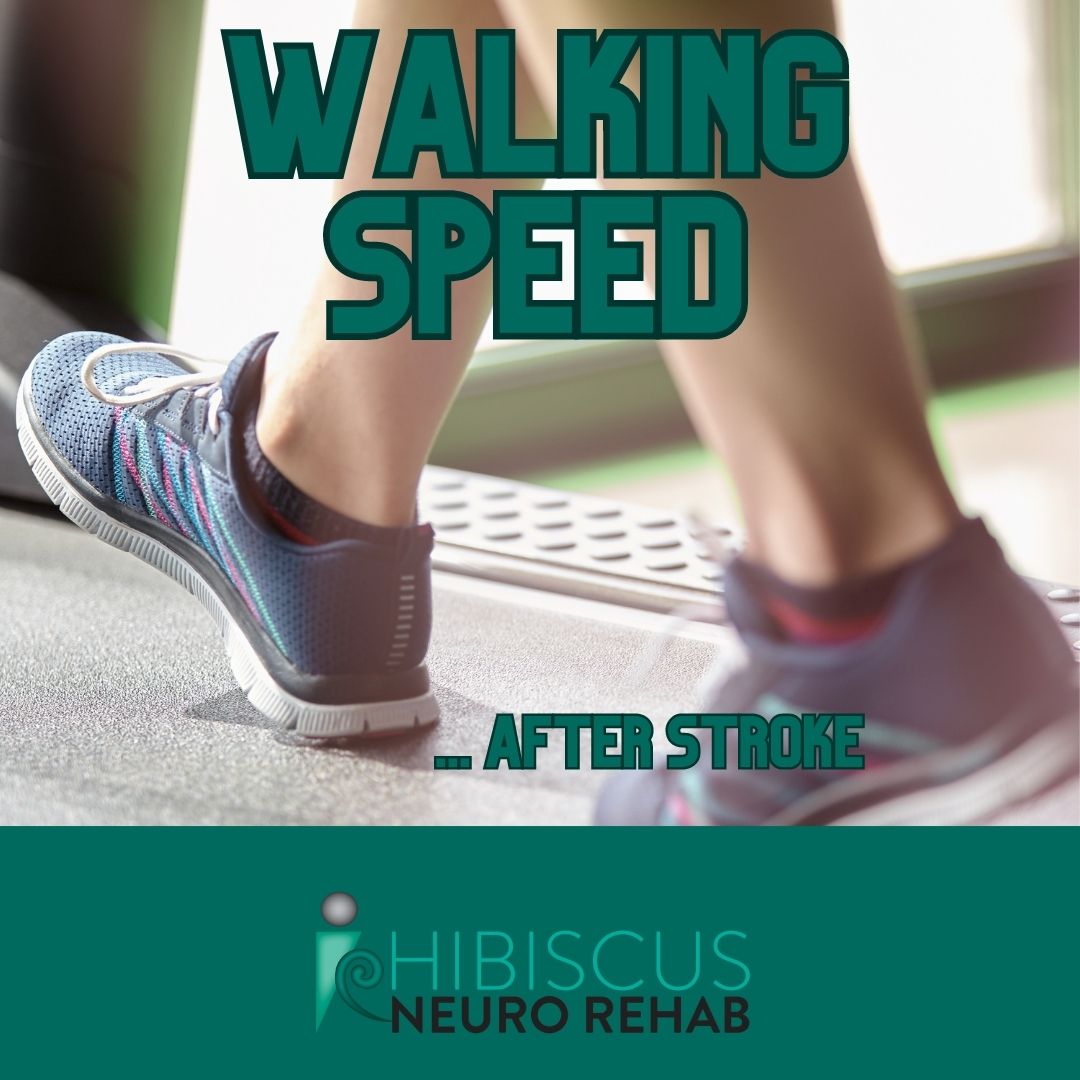
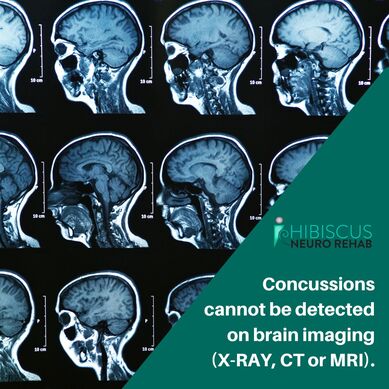
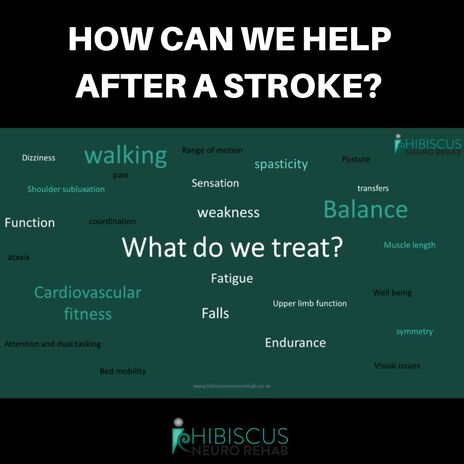
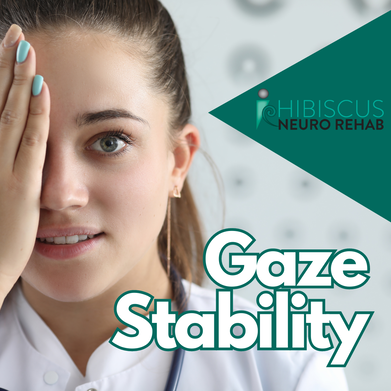
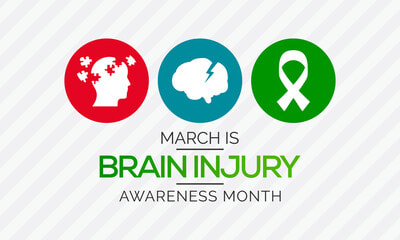
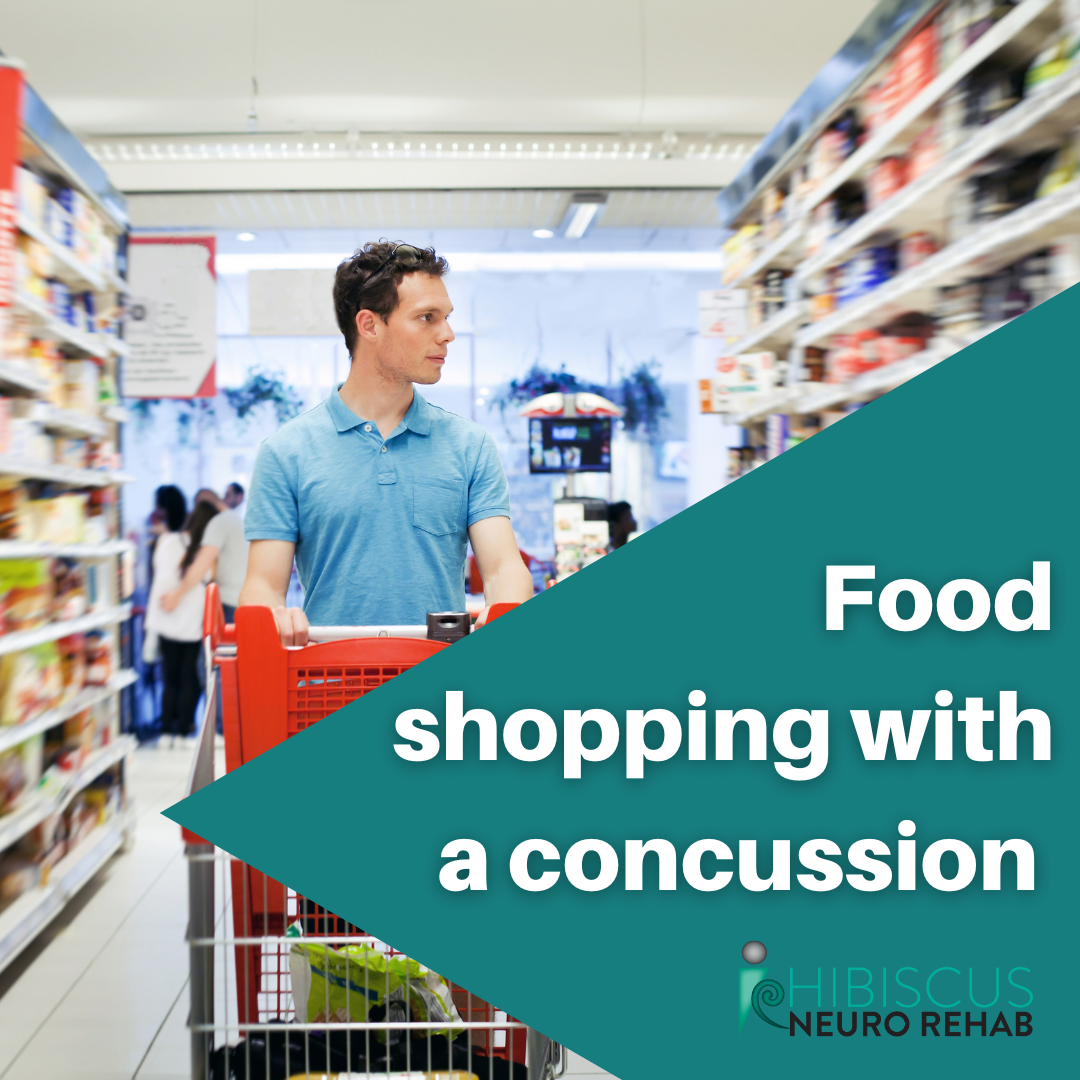
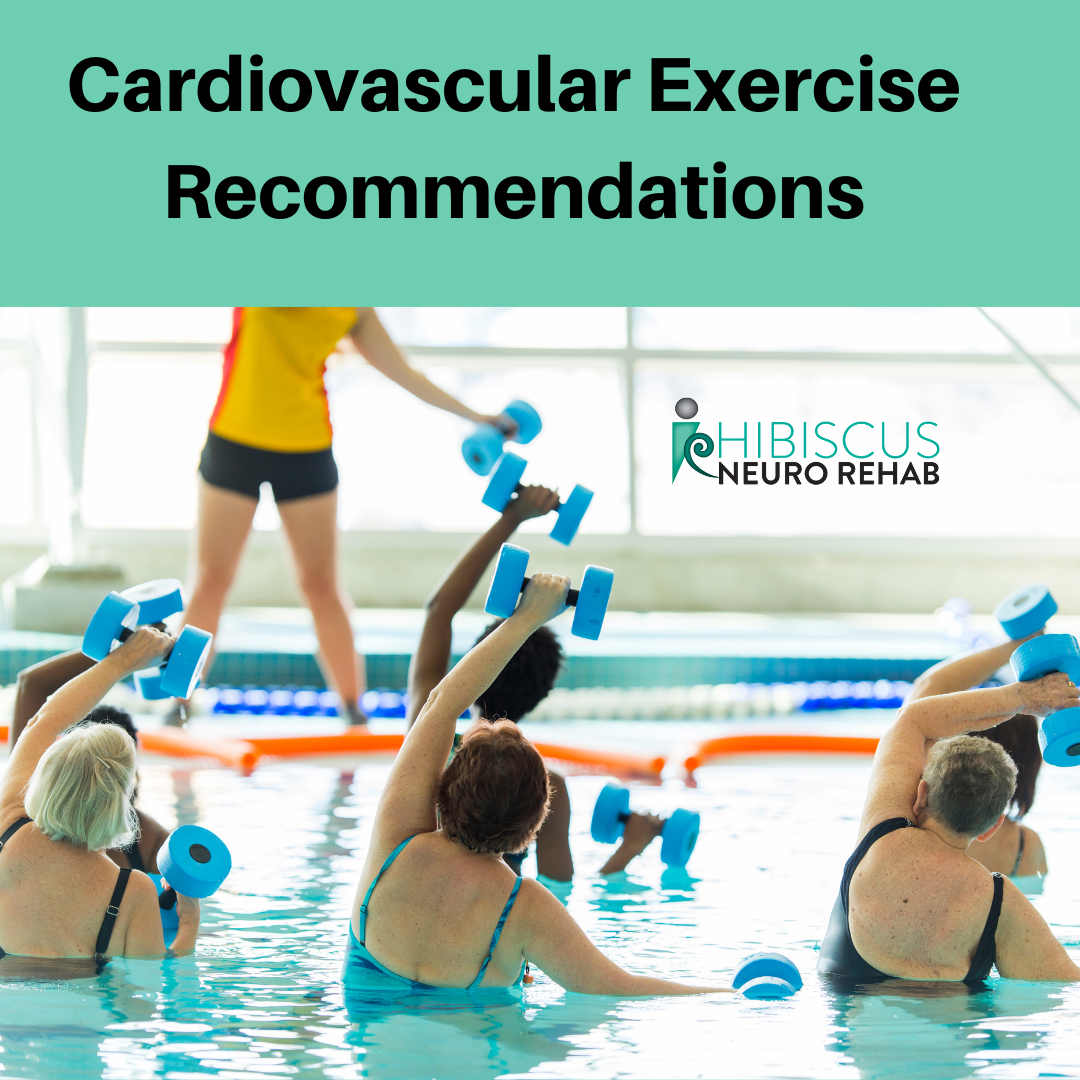

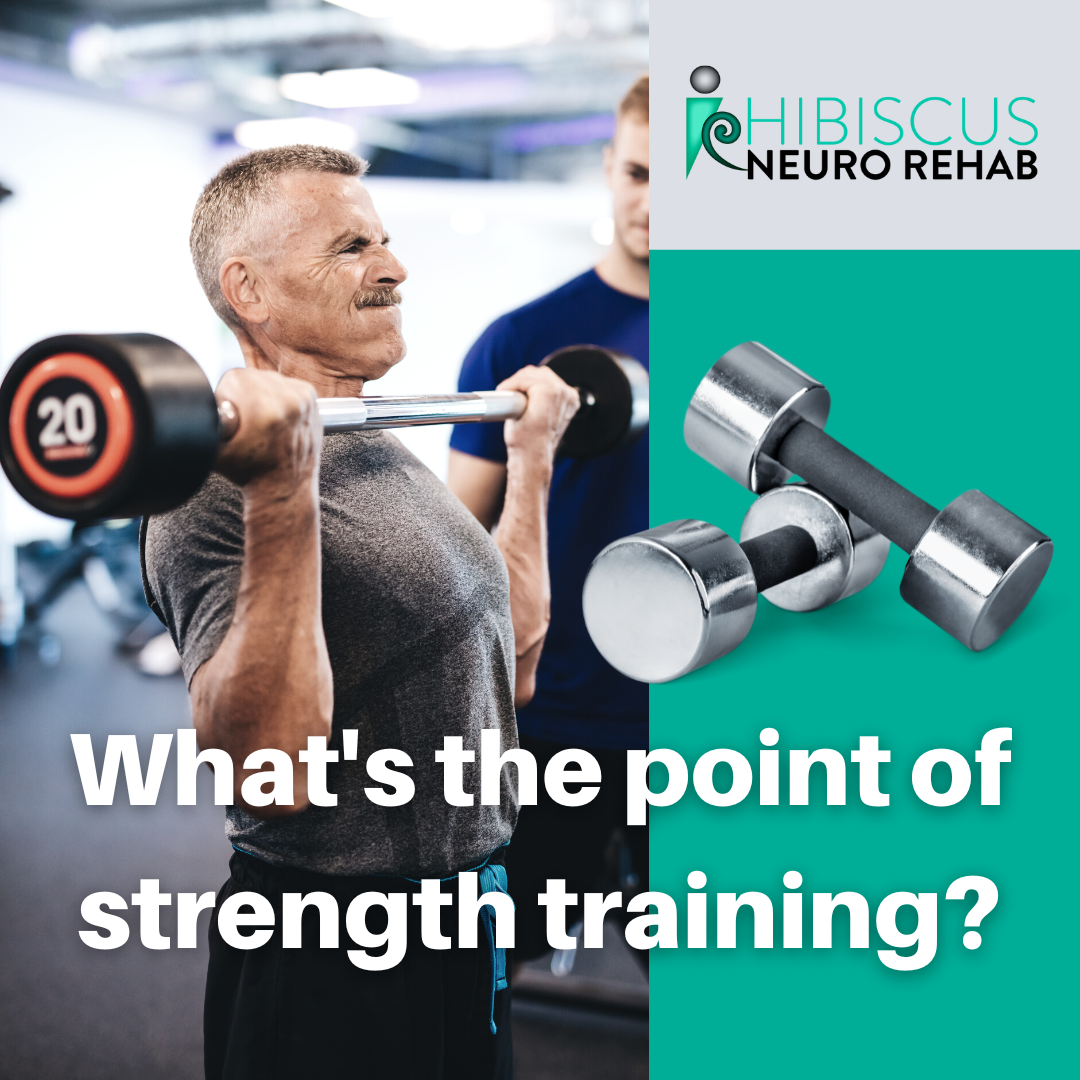
 RSS Feed
RSS Feed
